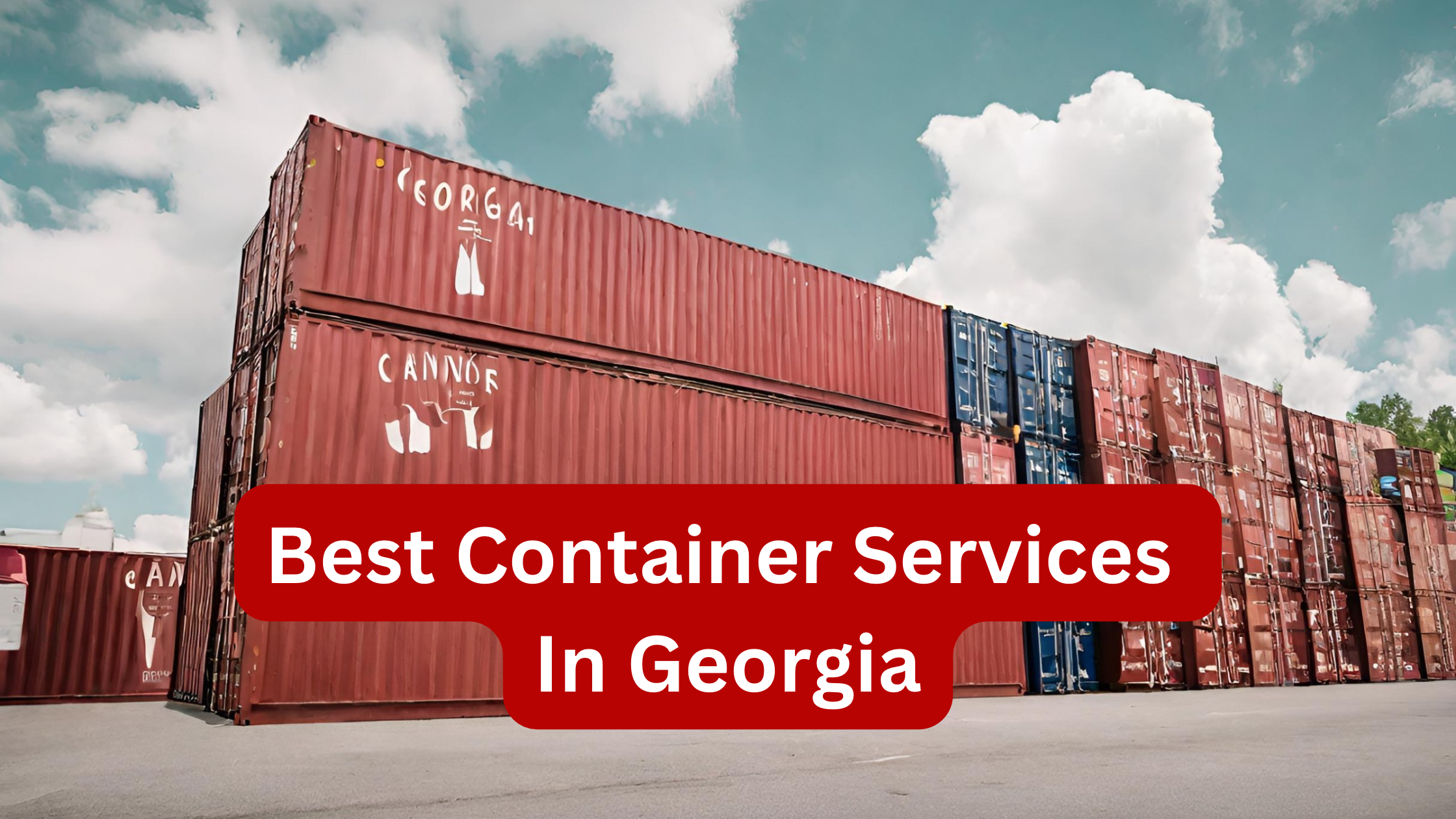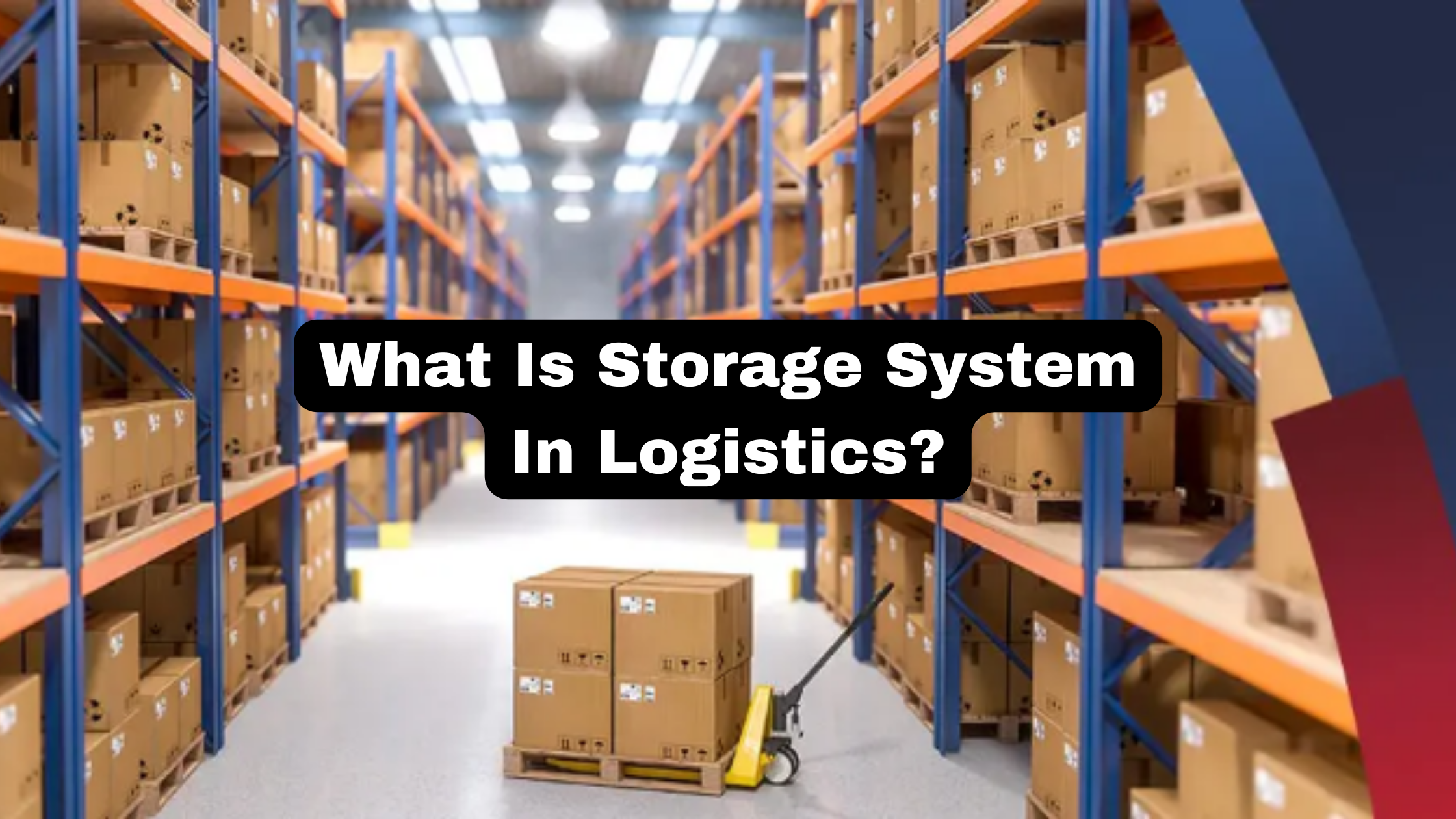Cost-cutting in transportation logistics has long been the top focus for businesses. There are various strategies to increase supply chain efficiency, reduce transportation costs, and make money for organizations.
Streamlining inventory levels, upgrading processes, redesigning more intelligent shipping networks, fostering stronger partnerships between suppliers and third parties, etc. are all examples of strategies for reducing logistical costs.
Treating your customers well and paying attention to their needs is a critical component in lowering logistical costs. Profit will follow.
According to data, the organizations in the US spend 875.5Billion dollars in shipping annually. Finding cheaper and more reliable ways to transport goods, will not help shippers in saving money, but will also reduce the final cost of the product, benefiting the consumers.
So let’s dive deep into this and find easy and effective ways to save money.
Ship More, Less Often
The savings increase as the package size does. Persuade your consumers to place bigger orders, and if you can, try to encourage these orders with incentives. It will always be more cost-effective to send 10 containers at once as opposed to two containers over the course of five days.
Making greater use of the storage space by optimizing packaging and stacking is still another strategy.
You can ship more items and reduce the possibility of those items being damaged in transit by optimizing the way you use your storage space. Work to reduce empty areas and make an effort to boost storage density.
Using Multiple Modes Of Transport
Usually, shippers favor a particular mode of transportation. They miss out on the benefits of using numerous modes of transportation for a single shipment because they hardly ever consider the option.
You can look up the prices for various transit modes wherever there is a possibility. For example, you need to transport a sizable order, but only a portion of it needs to be delivered urgently.
In this situation, you could think about shipping the urgently needed goods by air and the remaining items via ocean, which would be significantly less expensive. In many instances, train transportation is also less expensive than trucking.
The secret is to minimize the use of more expensive means of transportation whenever possible and combine services to generate savings while also increasing operational flexibility.
Using Technology Digital Automation
You may cut expenses and minimize product damage by using automation technology to load and unload containers, manage warehouses, etc. It can aid in increasing operational effectiveness and reducing total production costs.
Additionally, employing a Transportation Management System (TMS) to digitize and automate inbound and outbound logistics procedures like negotiating freight rates, shipment tracking, and invoice reconciliation will help you further reduce your transportation costs.
You may streamline your business operations and guarantee the effectiveness of your processes with the help of these systems. Additionally, it will result in a significant effort reduction for your staff and free them up to concentrate on other activities.
Using Warehousing Services
You can keep products closer to your clients to significantly save transport costs if you are delivering a lot of goods from point A to point B, especially over a long distance.
Prior to anything else, you must comprehend the security implications. Be proactive with your security and ensure that your warehouse is operating safely. Make every effort to prevent costly injuries. Try to avoid paying any fines to the authorities.
The government has the right to shut down your business if you have numerous security issues. Recruit a safety manager to oversee safety and plan continuing safety training.
Keep Customers Happy
clients must be content in order to keep logistics support expenses per order (and this Fast-Track customer retention clients) extremely low.
Exceeding customer expectations is one of the best supply chain cost reduction strategies since it allows businesses to keep up and efficiently handle the significant strain of cutting logistical expenses.
Customer service should be evaluated in light of changes in logistical costs due to the strong association between client satisfaction and overall cost reduction.
Enhance Operations With Advanced Data Analytics
Data analytics will always be the driving force behind current supply chain management. Your supply chain will record a number of data points for you once it has been digitized. Review past performance data and compare it to your current performance as a priority.
You’ll be able to do this to find the best service providers, detect wasteful spending, and make more educated judgements.
Intermodal Transportation
Intermodal combines various shipping methods. Some of them, like rail, can cut the cost of transit in half or more. You can also use it to save money on petrol. In order to reduce the expense of physical labor and eliminate the necessity for individual handling, your goods will also be carried via intermodal transportation.
Intermodal shipping may be the best option for shippers that need to move their cargo more than 750 miles.
Conclusion
For firms aiming to attain profitability and operational efficiency, transportation cost savings are crucial.
Businesses can generate considerable cost savings in their transportation operations by putting innovative techniques like route optimisation, freight consolidation, multimodal transportation, collaborative logistics, sustainable practices, and using data analytics into practice.
To reduce costs and improve their competitiveness in the global market, businesses must constantly assess their transportation processes, adopt technology-driven solutions, and look for collaboration opportunities.
Businesses may create a more productive and economical logistics network that has a beneficial influence on their bottom line by taking a proactive approach and making a commitment to optimizing transportation expenses.








